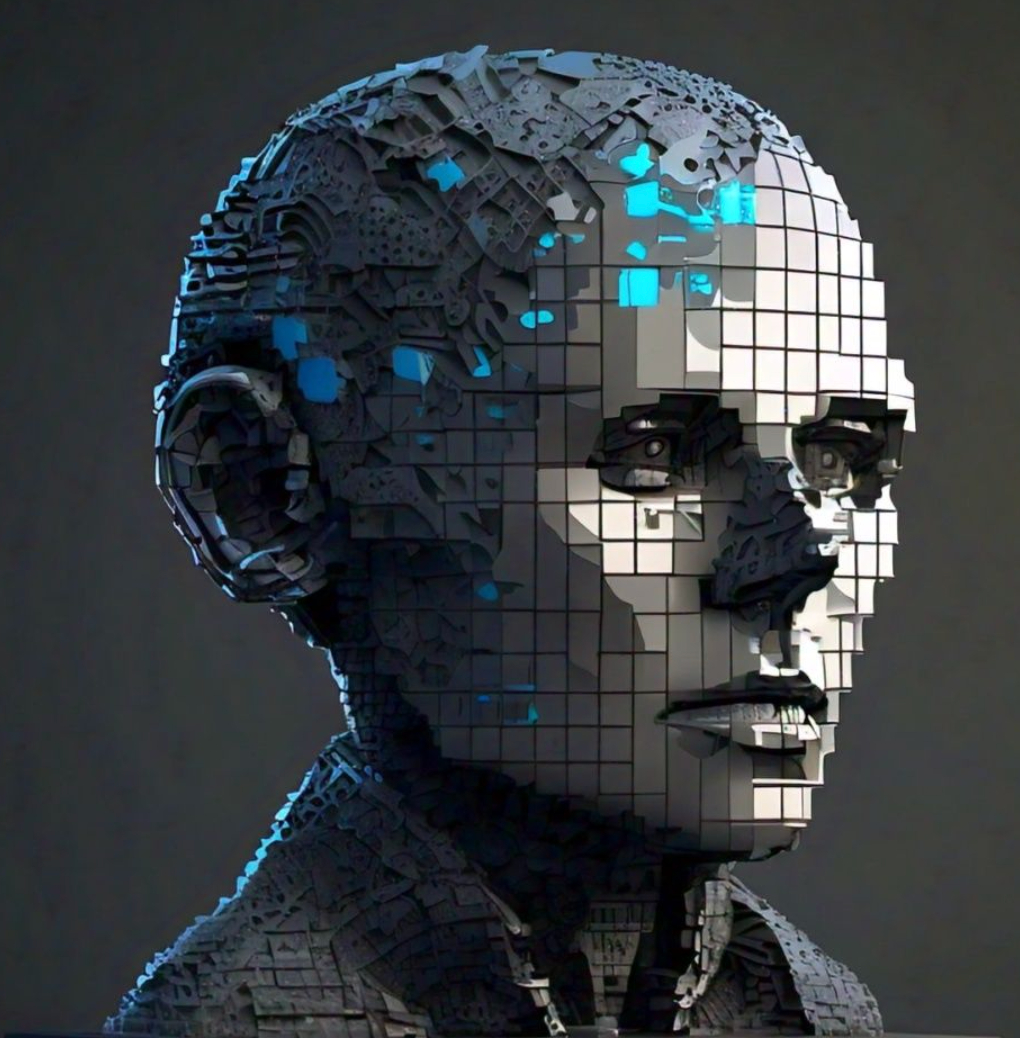215 reads
How Conscious Turing Machine Robots Align with Other Theories of Consciousness
by
September 3rd, 2024
Audio Presented by

AIthics illuminates the path forward, fostering responsible AI innovation, transparency, and accountability.
Story's Credibility

About Author
AIthics illuminates the path forward, fostering responsible AI innovation, transparency, and accountability.
